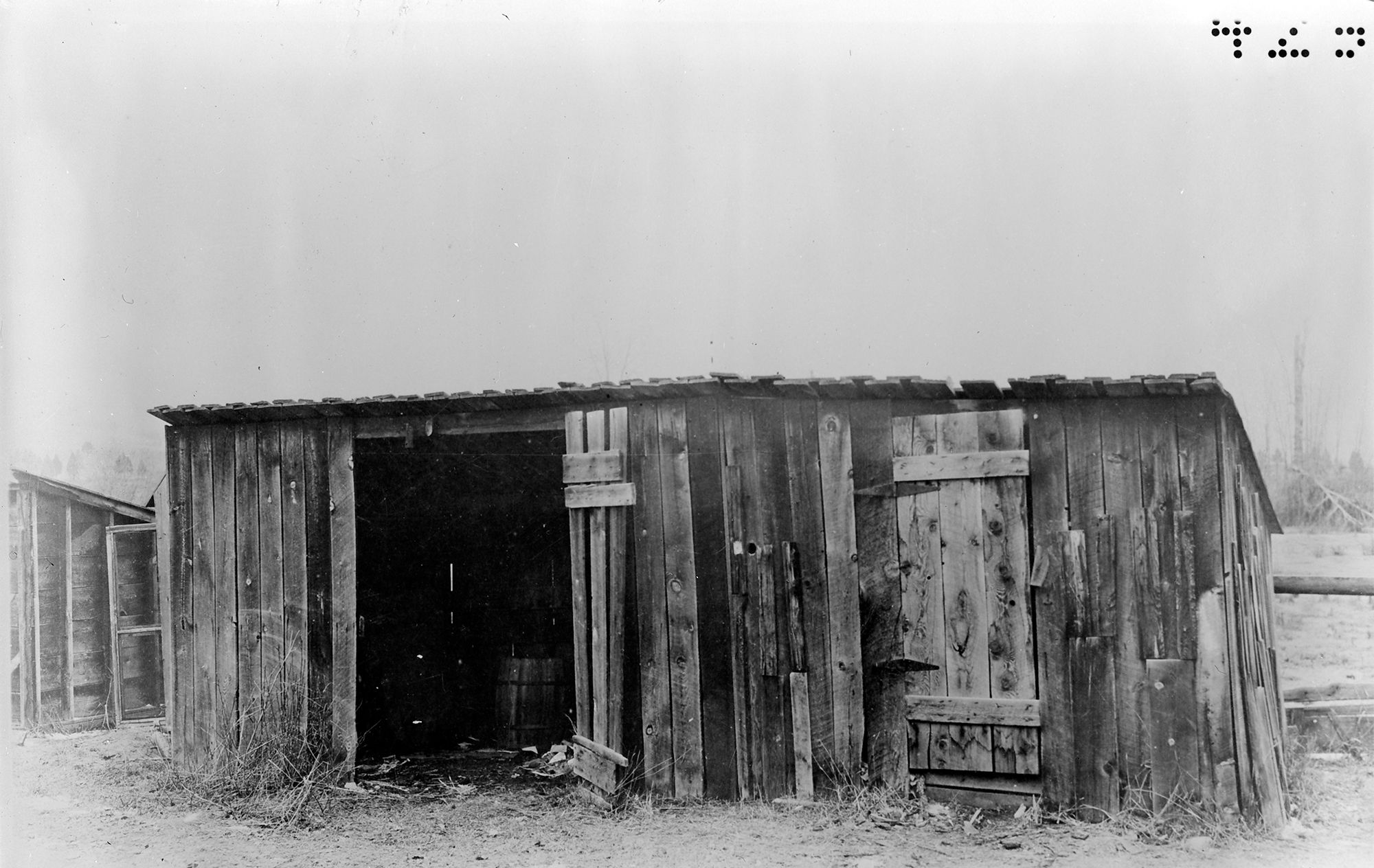
National Institute of Allergy and Infectious Diseases
The National Institute of Allergy and Infectious Diseases traces its origins to a small laboratory established in 1887 at the Marine Hospital on Staten Island, New York.
In the 1880s, boatloads of immigrants were heading towards America, some of them unknowingly bringing with them cholera and other infectious diseases. No one knew what caused most of these diseases, and physicians relied on clinical signs alone to determine whether someone might be carrying an infectious agent.
During this time, Dr. Joseph J. Kinyoun, a young medical officer with the Marine Hospital Service, was learning about the new science of bacteriology. Dr. Kinyoun set up one of the first bacteriologic laboratories in the United States. Using his microscope and newly acquired medical research techniques, Dr. Kinyoun was able to isolate the cholera organism from an arriving passenger in New York. For the first time, American physicians could actually see the organisms causing the disease.

The woodshed used by Dr. Ralph Parker to perform tick research during the summer of 1920.
Dr. Kinyoun's Laboratory of Hygiene was renamed the Hygienic Laboratory in 1891 and moved to Washington, DC, where Congress authorized it to investigate "infectious and contagious diseases and matters pertaining to the public health." The Hygienic Laboratory became the National Institute of Health in 1930 and relocated to Bethesda, Maryland, in 1938.
About the time the Hygienic Laboratory was created, other doctors far from the East Coast of the United States were struggling against a little understood disease. As the population expanded westward, many early settlers in the Montana foothills of the rugged Bitteroot Range of the Rocky Mountains were plagued with a disease known as "black measles," or "spotted fever," now known as Rocky Mountain spotted fever. In 1902, the U.S. Public Health Service sent out a research team to find the cause.
Tents, cabins, and an old schoolhouse were used for housing the early Rocky Mountain Laboratory where researchers determined that the disease was transmitted by ticks, identified the cause as what is now called Rickettsia rickettsii, and formulated a vaccine against the agent.
In gratitude, the state of Montana built a new facility, which the Public Health Service purchased in 1931. The Rocky Mountain Laboratory in Hamilton, Montana, became part of the Division of Infectious Diseases at the National Institute of Health in 1937.

Developing a vaccine for Rocky Mountain spotted fever. The vaccine was created in 1924 at the Rocky Mountain Labs.
Credit
NIAID
In mid-1948, the National Institute of Health became the National Institutes of Health (NIH) with the creation of several individual institutes. Later that year, the Rocky Mountain Laboratory and the Biologics Control Laboratory joined the NIH Division of Infectious Diseases and Division of Tropical Diseases to form the National Microbiological Institute. Dr.Victor Haas was the Institute's first director. In 1955, Congress changed the name of the National Microbiological Institute to the National Institute of Allergy and Infectious Diseases (NIAID) to reflect the inclusion of allergy and immunologic research.
As NIAID continues to pursue progress in understanding, treating, and preventing infectious and immunologic diseases, it recognizes that new challenges to public health continue to emerge. NIAID will continue its tradition of supporting innovative scientific approaches to address the causes of these diseases and find better ways to prevent, diagnose, and treat them.
NIAID Mission
NIAID conducts and supports basic and applied research to better understand, treat, and ultimately prevent infectious, immunologic, and allergic diseases. For more than 60 years, NIAID research has led to new therapies, vaccines, diagnostic tests, and other technologies that have improved the health of millions of people in the United States and around the world.
In fiscal year 2021, the NIAID budget was $6.1 billion. The Institute dedicated these funds to support scientific opportunities that align with its mission and address domestic and global health problems and diseases.
Among the 27 Institutes and Centers that comprise the National Institutes of Health, NIAID has a unique mandate, which requires the Institute to respond to emerging public health threats. Toward this end, NIAID manages a complex and diverse research portfolio that aims to do the following:
- Expand the breadth and depth of knowledge in all areas of infectious, immunologic, and allergic diseases
- Develop flexible domestic and international research capacities to respond appropriately to emerging and re-emerging disease threats at home and abroad
NIAID advances the understanding, diagnosis, and treatment of many of the world’s most intractable and widespread diseases. Key research areas include newly emerging and re-emerging infectious diseases such as tuberculosis and influenza, HIV/AIDS, biodefense, and immune-mediated diseases including asthma and allergy.
General Contact Info
Email: ocpostoffice@niaid.nih.gov.
Toll-Free: 866-284-4107
Local: 301-496-5717
TDD: 800-877-8339 (for deaf or hard of hearing)
Fax: 301-402-3573
Mail/Shipping
NIAID Office of Communications and Government Relations
5601 Fishers Lane, MSC 9806
Bethesda, MD 20892-9806 (deliveries: Rockville, MD 20852)
United States of America
- Log in to post comments
- 14 views
